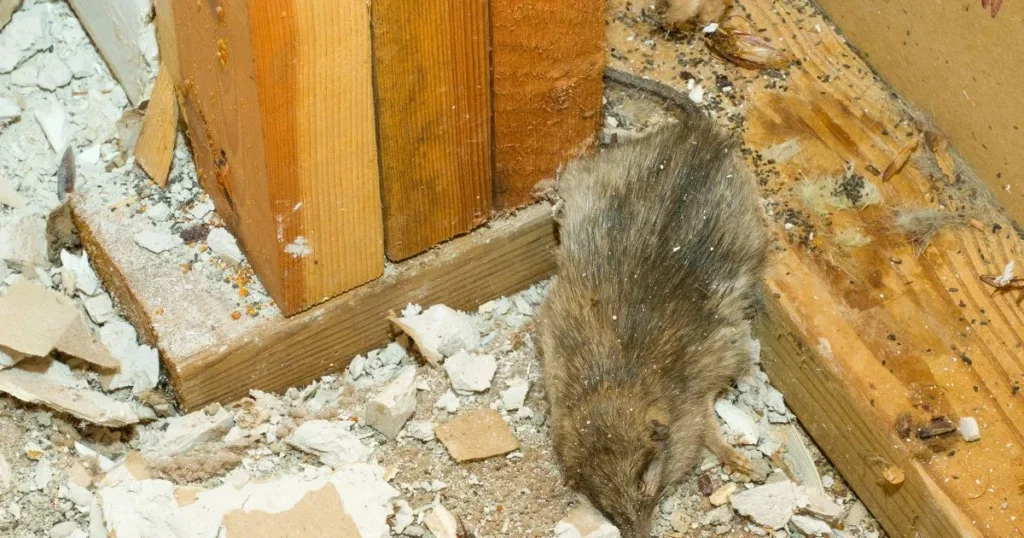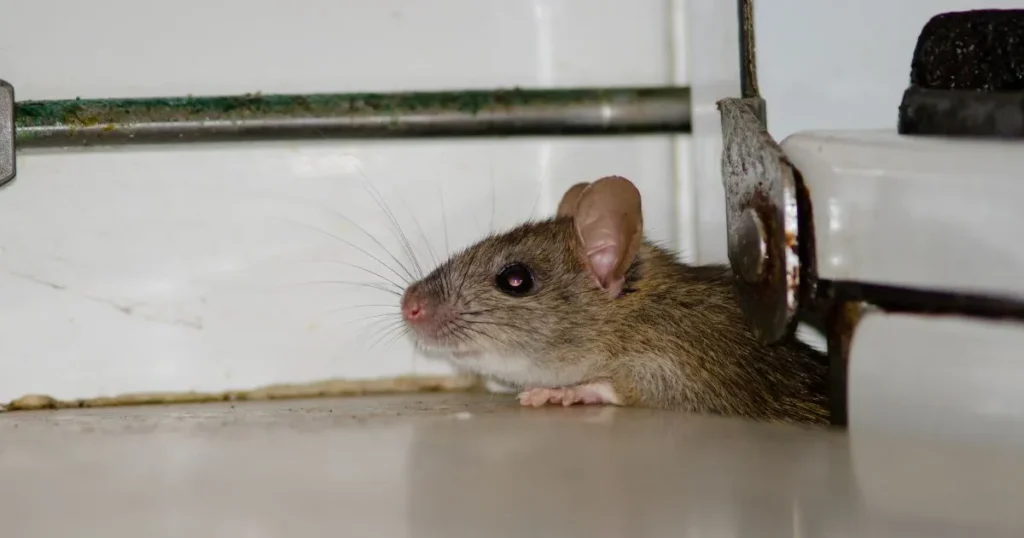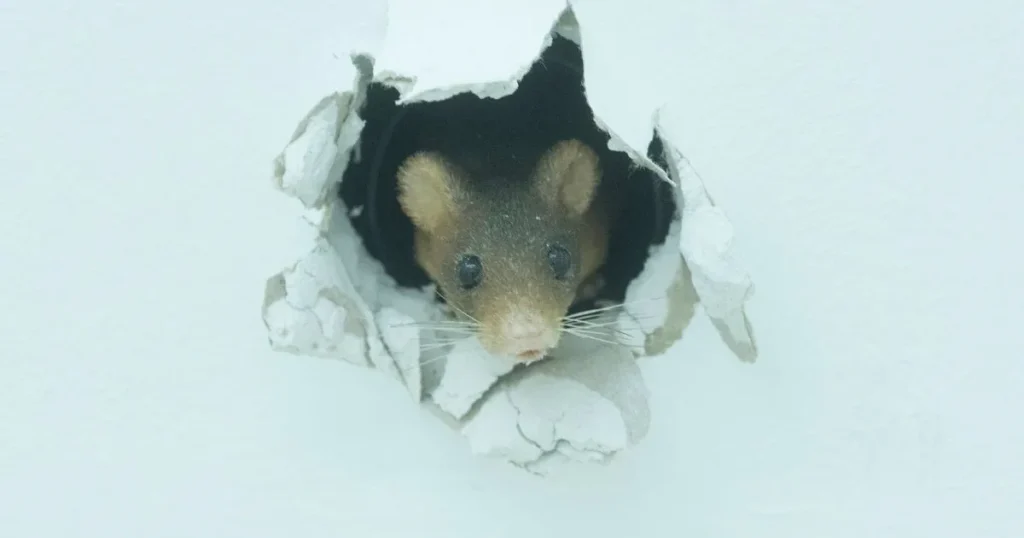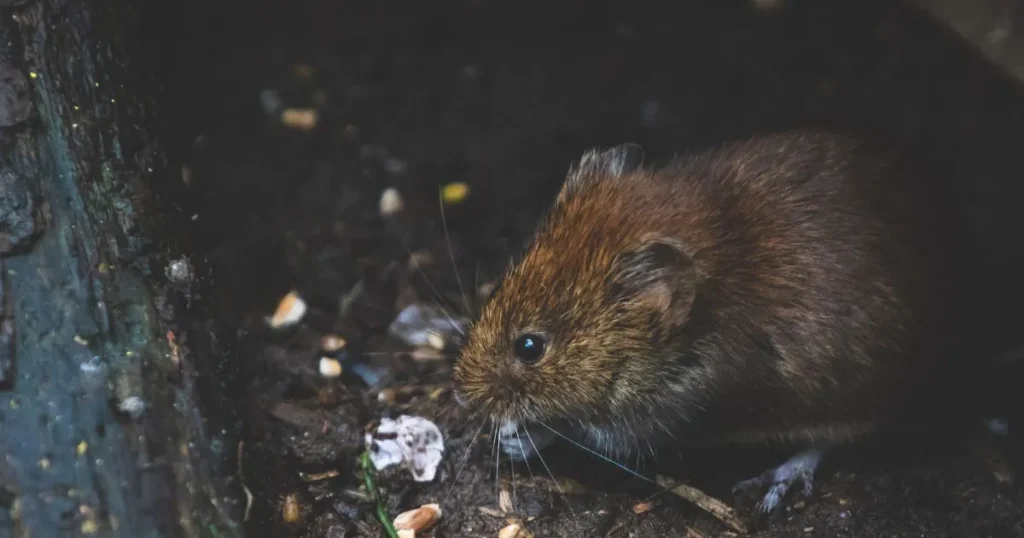
Rats and mice are part of the rodent family, characterized by their sharp front incisors that continuously grow throughout their lives. There are over 60 species of rats worldwide, but the two most common troublemakers in homes are the Norway rat (Rattus norvegicus) and the roof rat (Rattus rattus). These critters have adapted remarkably well to human environments and are known for their rapid reproduction rates.
Today, you will join the rat removal experts in the Dallas-Fort Worth area, Critter Stop, to answer a very important question: how to get rid of rats in the wall? In this article, we will advise you on how to handle this problem.

Rat infestations are a persistent issue faced by homeowners around the world. The problem goes beyond the annoyance of hearing scratching sounds in your walls or finding chewed-up wires; rats can pose serious health risks.
They are vectors for various diseases, including hantavirus, leptospirosis, and salmonellosis. Furthermore, they can be destructive to your property, causing damage to insulation, and woodwork, and even posing fire hazards by gnawing on electrical wires.
Also, when we have provided rat removal services, we have found that having rats living in the wall is just one side of the problem, when you start feeling a dead rat smell in walls, is this phase when the situation levels up to a more noisy and risky problem. Let's continue reading some tips to know how to identify and prevent this situation.

Rats are nocturnal creatures, making them difficult to spot directly. However, they often leave unmistakable signs of their presence. Look out for rat droppings, which are small, pellet-like, and dark in color. You might also hear scratching or scuttling noises in your walls, especially at night. Another sign of their presence is having rat holes in walls, which is like a small way for them to move inside your walls. An unusual, musty odor is another telltale sign of a rat infestation.
Understanding the extent of damage rats can cause is essential. Their constant gnawing can weaken the structural integrity of your home. They'll chew through anything, including plastic, wood, and even concrete if it's in their way. Insulation is a favorite nesting material, and they can shred it to pieces, rendering it ineffective. Perhaps most alarmingly, rats are responsible for numerous house fires due to their tendency to gnaw on electrical wires.
Rats are remarkably agile and can squeeze through tiny openings. Inspecting your home for potential entry points is vital to keeping them out. Check for gaps in your walls, foundation, or roof, as well entry holes such as openings around utility pipes and vents. Seal these openings with materials like steel wool, caulk, or wire mesh to prevent rats from entering.

Rats are ingenious when it comes to squeezing through tight spaces, making it crucial to fortify your home's defenses against their intrusion. Here's a closer look at sealing access to attic entry points effectively:
Rats are drawn to homes with accessible food sources. To deter them effectively, follow these steps to further eliminate rats from potential food temptations:
Rats need water just as much as they need food. Proper water management can help deter rats climb using them effectively:

When it comes to rat traps, selecting the right type can significantly impact your success in dealing with a rat infestation. Here, we explore various types of rat traps along with their advantages and disadvantages:
Strategic trap placement is essential for success in rat control. Here are some key considerations for placing traps effectively:
Selecting the right bait is a critical aspect of successful rat trapping. Rats can be cautious, so offering an enticing bait can make all the difference:
By understanding the various trap options, placing them strategically, and selecting effective bait, you can increase your chances of successfully dealing with a rat infestation. Be patient and persistent, as it may take some time to eradicate the problem completely.
As a humane removal company, we encourage all homeowners to use methods that don't put rats at risk. If you are looking for an answer to “How to kill a rat in the wall?”, you could look at that information reading on another site.

Rat repellents and natural solutions offer a diverse array of options to deter these unwanted rodents from invading your space. Here's a closer look at these methods:
Commercial repellents and deterrents are designed to make your home less inviting to rats in walls. Here are some common options:
Using these tools could help you avoid not only their presence in your house also, but also, these repellents can prevent you from finding a rat nest in wall, a very big complication in the rat problem because you will be dealing with a whole family of rodents.
For those who prefer eco-friendly and natural solutions, there are several options that can be both effective and safe:
If you have pets in your home, it's crucial to prioritize their safety while addressing a rat problem. Here are some pet-friendly approaches:
By considering the safety of your pets and using natural alternatives or pet-safe methods to kill rats, you can effectively deter rats while maintaining a secure environment for your furry companions.

At Critter Stop we have provided rat removal services thousands of times in the area, for that reason, we have the knowledge, experience, and equipment to deal with severe rat infestations. We can also provide ongoing critter control services to prevent future problems. Hiring a professional like us can save you time finding the rat stuck in wall and ensure the job is done correctly.
The health and safety risks associated with rats are a significant concern when dealing with a rat infestation. Understanding these risks and adopting safe cleanup and disposal methods for rat bodies is crucial for protecting your health and well-being.
Rats are notorious vectors for several diseases that can be transmitted to humans. Here's a closer look at some of the diseases associated with rats:
To protect your health from these diseases, consider the following preventive measures:
Once you've successfully eliminated the dead rats, it's essential to follow safe cleanup and disposal procedures:
By following these safe cleanup and disposal methods, you can minimize the risk of disease transmission and ensure a clean and hygienic living environment once the rat infestation is under control.

Okay, so rats decided to have a little house party in your home? No worries, we've got the ultimate "How to Show Rats the Door" guide. First, think of yourself as a detective, like Sherlock Holmes but with fewer mysteries and more of rats in your walls. Look out for their sneaky signs, like droppings, and block their secret entrances like a pro with metal mesh or cement.
Next up, trapping these critters. It's like a game of hide-and-seek, but with peanut butter as bait (apparently, rats can't resist it). Choose snap, electronic, or even live traps if you're the friendly type.
If you're all about eco-friendliness, consider essential oils like peppermint or eucalyptus as your rat-repelling pals. Oh, and don't forget to keep your pets safe while you're at it. Got a full-scale rat invasion on your hands? Time to call in the pros – pest control experts are like the superheroes of the the rat removal world.
Now, for the cleanup part: Dress like a space explorer in a hazmat suit (or just wear gloves and a mask) when dealing with the dead rat stuff. Use bleach to clean, and you're good to go.
To keep your castle rat-free, inspect your kingdom regularly, maintain those barriers, and keep things spick and span. Good landscaping, neighborhood cooperation, and family education are like the icing on the rat-repelling cake.
As you see, if you put time and effort into this, you can handle this situation. But if you want some experts to take care of this, at Critter Stop, we are ready to put on our super-hero suit and come to the rescue! Call us at (214) 234-2616, and our team will be ready to come to your house, give you a free inspection to really understand the problem, and start working!
Dealing with a rat in your walls can be a stressful experience, but it’s important to address the issue quickly and humanely to prevent further damage to your property. At Critter Stop, we understand the challenges of removing pests like rats from your home, especially when they find their way into hard-to-reach places like walls. Below are some common questions and answers to help you navigate this situation safely and effectively.
To remove a rat without damaging the walls, identify entry points and seal them off to prevent further access. Next, humane traps should be placed near the suspected location. Avoid breaking into the walls unless necessary, as this can cause significant damage. If unsure, consult a professional for advice.
The safest way to address a rat in the wall is by using live traps or bait stations near the area where you hear activity. Seal off any potential entry points to prevent more rats from entering. It’s also crucial to avoid poisons, as they can cause the rat to die within the wall, leading to odor issues.
Using humane traps, you can eliminate a rat in the wall without chemicals. Once caught, the rat can be released far from your home. Also, consider using natural deterrents like peppermint oil, which rats dislike, to encourage them to leave the area independently.
First, identify where the rat is entering the wall space to effectively remove a rat from the wall. Set up traps near these entry points and regularly check them. After catching the rat, seal off the entry points to prevent future infestations. If the infestation is severe, professional help may be needed.
If you hear a rat in the wall, act quickly by placing traps near the suspected entry points. To encourage the rat to leave, prevent it from accessing food or water inside the house. Address the issue promptly to avoid potential damage to wiring or insulation.
The most humane method involves using live traps to capture the rat without harm. Once trapped, the rat should be released into a safe, distant location where it won’t return to your home. Avoid using glue traps or poisons, as these can be inhumane.
Yes, many pest control professionals specialize in rat removal from walls. Hiring a professional ensures the job is done safely, humanely, and effectively. They have the tools and expertise to locate and remove the rat without damaging your property or using harmful chemicals.
It's important to assess the structure of an older home for weaknesses or potential entry points. Address these vulnerabilities by sealing gaps and cracks. Then, humane traps were set up near the suspected areas where the rat might be hiding. If the home structure complicates removal, it’s advisable to contact a professional for assistance.
Following these steps can effectively and humanely address a rat issue in your walls. If you need further assistance, don't hesitate to contact Critter Stop. Our expert team is ready to provide safe and reliable pest removal solutions.
Visit our Critter Library and learn more about our furry friends